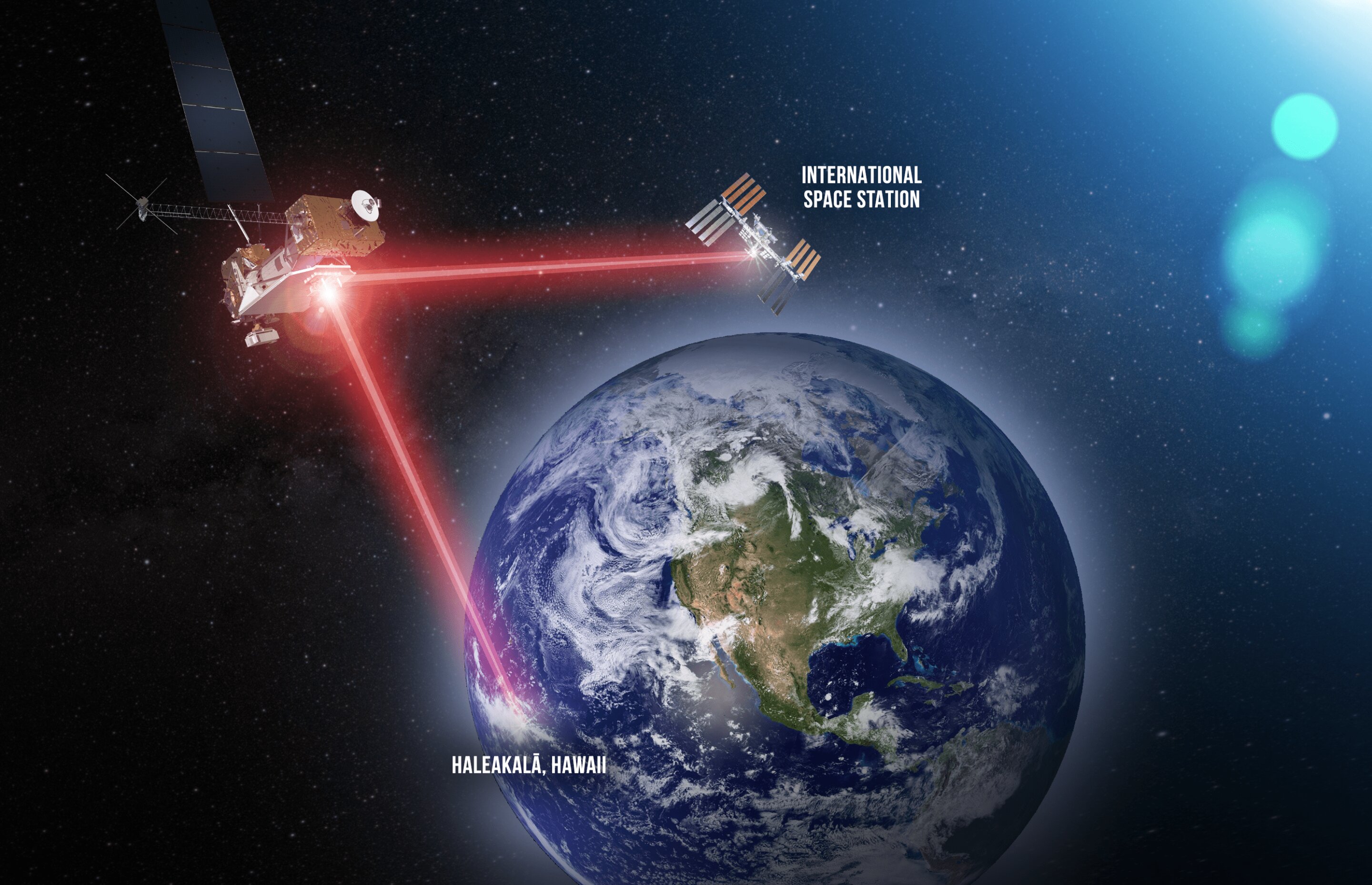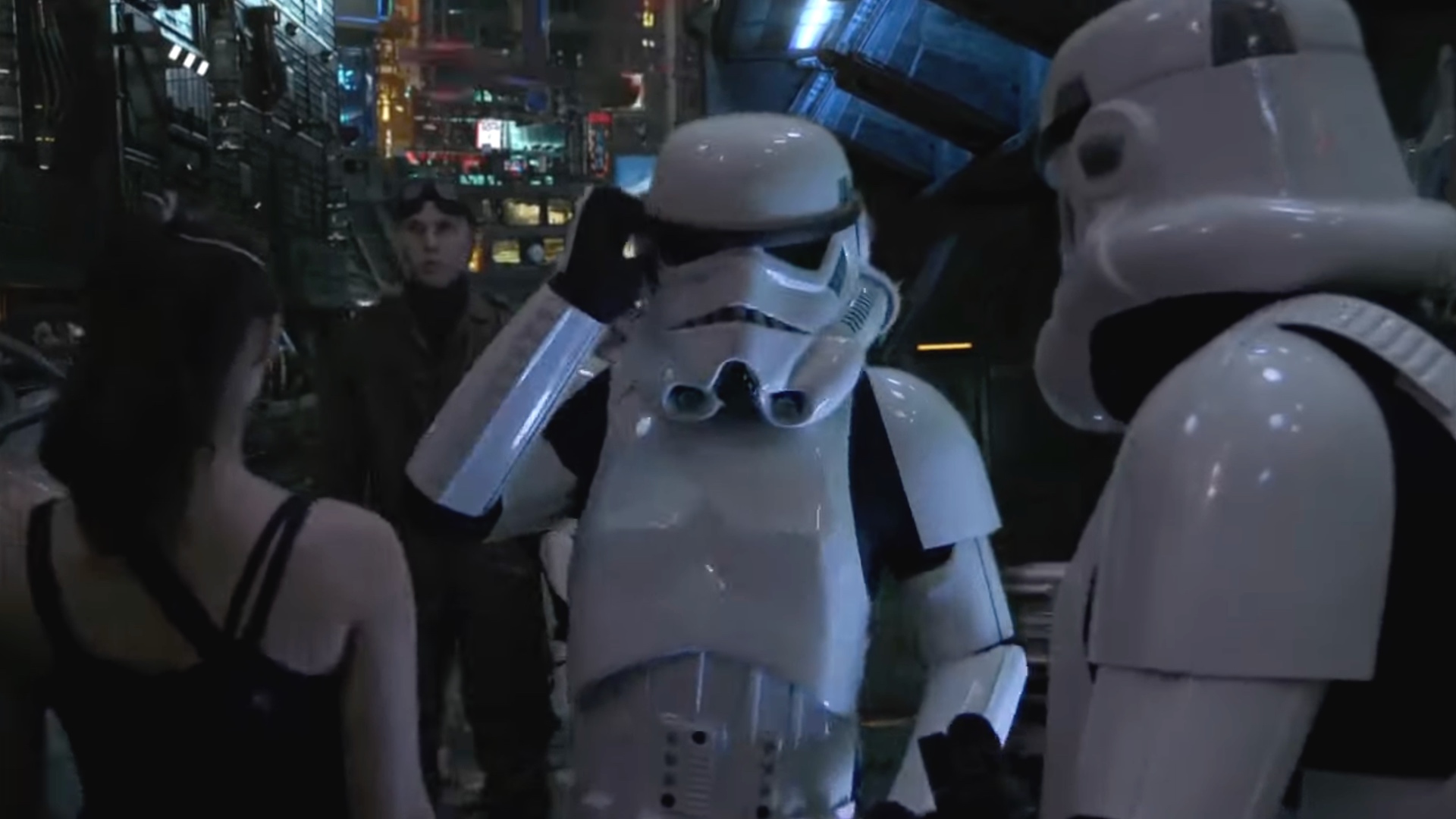Zap! NASA readies a new laser test to speed up space communications
The mission was delayed two years but is launching during a new era of laser services.

NASA wants to test out a laser again in space to speed up space communications.
Following a two-year delay, the Laser Communications Relay Demonstration (LCRD) is ready for launch no earlier than Dec. 4. It will ride to space on a United Launch Alliance Atlas V rocket aboard the Department of Defense's Space Test Program Satellite-6 (STPSat-6) mission.
The launch of the mission, now expected from Cape Canaveral Space Force Station in Florida, was delayed due to numerous issues since the mission's initial target of 2019. But investigators said the timing of the mission is still soon enough to benefit the Artemis human moon-landing program that plans to put boots on the moon in 2025.
"That technology is so critical in so many ways," Badri Younes, deputy associate administrator of NASA's Space Communications and Navigation program, told reporters of the laser demonstration during a teleconference Tuesday (Nov. 16).
Related: Dial-up space communications system gets 'high-speed' upgrade
The agency says lasers will allow 10 to 100 times more data sent back to Earth than using radio frequencies, which will meet a growing appetite for NASA and commercial information from space. Both the agency and the commercial sector are planning numerous missions to the moon in the 2020s using Artemis, the planned Gateway space station and the Commercial Lunar Payload Services program.
Transferring missions to using lasers will also avoid overcrowding problems that are plaguing the radiofrequency spectrum, Younes noted; this problem has accelerated due to growing megaconstellations of satellites in low Earth orbit and companies often file regulatory challenges concerning each other's spectrum.
Breaking space news, the latest updates on rocket launches, skywatching events and more!
The demonstration won't go quite so far as the moon, but it will travel to geosynchronous orbit at 22,236 miles (35,786 kilometers) to test out laser communications for at least two years. The demonstration follows on from other agency tests of laser technology in recent years as NASA seeks to operationalize this for astronaut use eventually.
Perhaps the most famous of these missions took place in 2013, when the Lunar Laser Communications Demonstration — flying on NASA's Lunar Atmosphere and Dust Environment Explorer (LADEE) spacecraft — broke speed records by sending data back from the moon at 600 megabits a second. LADEE spent seven months in lunar orbit studying lunar dust before it was intentionally crashed into the surface.
NASA officials noted the new mission will be much longer than other successful brief efforts that zapped broadband speeds, such as the four-month International Space Station's Optical Payload for Lasercomm Science (OPALS) experiment in 2014, or a brief CubeSat-based demonstration in 2017 called Optical Communications and Sensor Demonstration (OCSD).
"This new system will not only provide higher data transmission rates, but optimize what we call SWAP — or size, weight and power. It'll be smaller and volume, weigh less and use less power than current state of the art," Trudy Kortes, director of technology demonstrations at NASA's Space Technology Mission Directorate, said during the conference.
But getting to launch day was by no means an easy journey. First approved in 2011, early plans called for the laser demonstrator to launch on a commercial communications satellite developed by Space Systems/Loral. But the mission was facing strong headwinds by 2018.
That year, the Government Accountability Office warned the mission had already been required to change its design, schedule and planned host spacecraft due to "scope changes as well as funding shortfalls in prior years."

"We had a certain set of mission requirements, and we had commercial partners that that could meet those requirements," Dave Israel, the experiment's principal investigator at NASA's Goddard Space Flight Center in Greenbelt, Maryland, said during the press conference.
"Then we ended up adding additional requirements on our payload that would enable some further experiments," Israel continued. "Then we were no longer able to be accommodated on that commercial provider platform."
In 2019, a fresh Government Accountability Office (GAO) report noted that a contractor "has experienced technical challenges refurbishing the existing spacecraft bus to meet the requirements of one of the other, non-NASA payloads", all of which was expected to push launch until at least August 2020.
Then, of course, the coronavirus pandemic broke out in March 2020, inducing safety quarantines and supply chain issues that still persist today across the space industry. On top of that were new requirements associated with moving to a U.S. Space Force-hosted payload, NASA officials said during Monday's press conference. They added, however, that no single issue led to the long delay.

A perhaps unanticipated side effect of the wait was the huge growth in the SpaceX Starlink constellation, which began testing its own laser communications system between satellites starting with a batch in January. The terminals on Starlink are not compatible, NASA officials said in the conference, so there will be no zapping between systems that they can foresee.
But more laser work will come from NASA shortly. The Artemis 2 crewed moon-orbiting mission, which now is targeted for 2024, is expected to test an Orion spacecraft optical communications system to send ultra-high-definition video feedback to Earth. (For comparison, the famous 1968 Christmas broadcast of the moon-orbiting Apollo 8 used a black-and-white "slow-scan" television camera able to send back 10 frames per second, NASA says.)
Laser communications will also move further out in the solar system, during the first year of the Psyche mission to investigate a metal asteroid that is also called Psyche. Following the mission launch in 2022, investigators will have a year to test out a Deep Space Optical Communications payload. The payload will help figure out possible issues such as "extreme distance pointing" from deep space, NASA said.
Follow Elizabeth Howell on Twitter @howellspace. Follow us on Twitter @Spacedotcom and on Facebook.
Join our Space Forums to keep talking space on the latest missions, night sky and more! And if you have a news tip, correction or comment, let us know at: community@space.com.

Elizabeth Howell (she/her), Ph.D., was a staff writer in the spaceflight channel between 2022 and 2024 specializing in Canadian space news. She was contributing writer for Space.com for 10 years from 2012 to 2024. Elizabeth's reporting includes multiple exclusives with the White House, leading world coverage about a lost-and-found space tomato on the International Space Station, witnessing five human spaceflight launches on two continents, flying parabolic, working inside a spacesuit, and participating in a simulated Mars mission. Her latest book, "Why Am I Taller?" (ECW Press, 2022) is co-written with astronaut Dave Williams.
